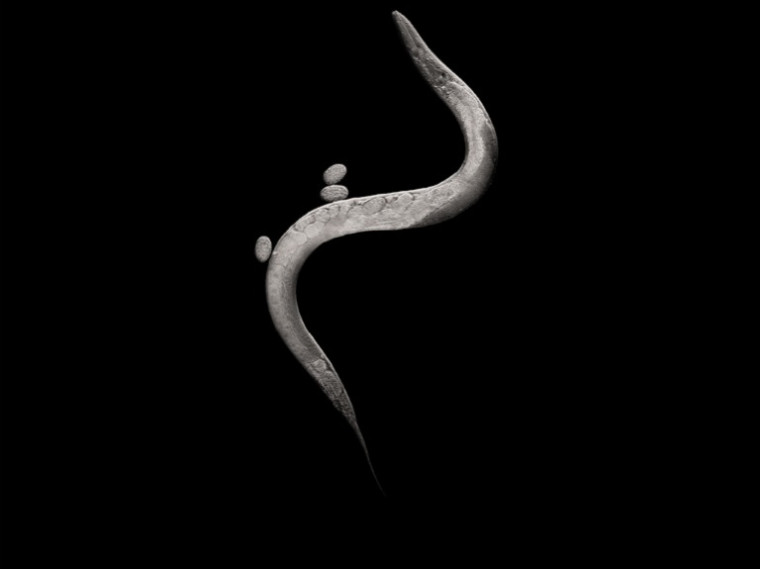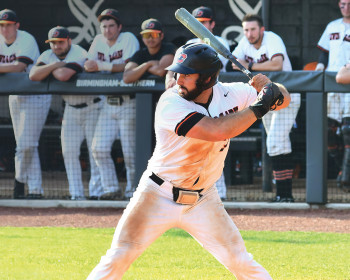Shannon McGonagle - Following the Worm Trail to MIT
Open gallery

Two years ago, as a senior in Greg Hermann’s fall-semester cell biology class, Shannon McGonagle ‘04 found herself reviewing an inordinate number of research papers produced by a certain Nobel Prize-winning worm lab in Massachusetts. Barely seven months later, she had landed a job as that lab’s research technician.
McGonagle works in the Massachusetts Institute of Technology worm laboratory run by H. Robert Horvitz, the geneticist who shared the 2002 Nobel Prize in Medicine with two other C. elegans researchers for discovering how genes regulate organ development and cell death. Horvitz is particularly noted for his inquiries into programmed cell death, the same thing McGonagle studied intently for two semesters in Hermann’s lab.
McGonagle is not the only Hermann protégé who has continued working with worms from a prestigious perch. Eight other 2004 and 2005 Lewis & Clark grads are investigating the mysteries of C. elegans at the University of Wisconsin, the University of Colorado, the National Institutes of Health, and other high-profile worm labs.
McGonagle has always loved biology. While other kids were watching “Saved by the Bell” on television, she was tuned in to the Discovery Channel. But she hadn’t been exposed to C. elegans until she encountered the worms in Hermann’s lab. Captivated by the ability to watch cells grow and divide in the see-through worms, McGonagle started investigating why some mutant worms lacked the ability to expunge dead cells. (Such malfunctions in the normal “cell-suicide” process don’t seem to impact worms, but scientists think they play a major role in some human diseases.)
Hermann’s teaching style drew her in further. “Greg didn’t focus on learning facts, but the thought process behind those facts,” says McGonagle. “He organized his lectures based on how researchers approached the question 15 years ago, leading you to the answer in the same logical way.”
She was similarly challenged in Hermann’s lab, where she says for the first time in her scholastic career she felt like a true scientist.
“You didn’t feel like you were doing a recipe-book experiment that had been done a hundred times. Maybe the same techniques had been used, but the question you were asking didn’t already have an answer.”
As the year wound down, McGonagle decided she wanted to continue studying biology in graduate school. But with deadlines for that fall already past, she applied for jobs in several research labs in her native New England. The Horvitz lab granted her an interview during spring break 2004 and extended her an offer on the spot.
“They seemed ready to hire me before they met me,” says McGonagle. “I think it had a lot to do with my worm experience and Greg’s recommendation.”
McGonagle now puts in 9- to 11-hour days at the lab, where researchers study C. elegans to understand how genes control animal development and behavior. Her job is to create the mutant worms that researchers study by exposing them to ultraviolet light or certain gene-affecting chemicals, then finding the ones whose genetic makeup matches the researchers’ specifications.
What she’s learned about developmental biology in the lab has bolstered her prospects at top-rated graduate schools. She hopes to enroll at MIT or Harvard this fall.
More L&C Magazine Stories
Lewis & Clark Magazine is located in McAfee on the Undergraduate Campus.
MSC: 19
email magazine@lclark.edu
voice 503-768-7970
fax 503-768-7969
The L&C Magazine staff welcomes letters and emails from readers about topics covered in the magazine. Correspondence must include your name and location and may be edited.
Lewis & Clark Magazine
Lewis & Clark
615 S. Palatine Hill Road MSC 19
Portland OR 97219


